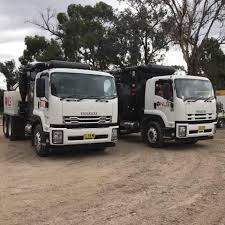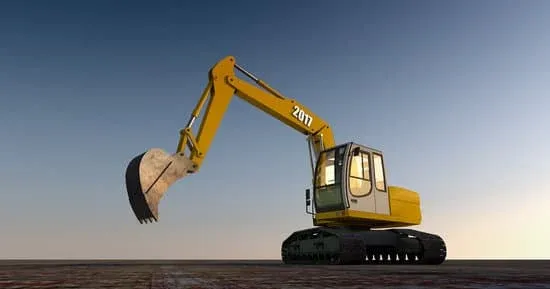Locating Underground Services at TJA Civil
kael abbott • March 16, 2021
Locating Underground Services at TJA Civil
Underground utility strikes are dangerous, costly and can be very inconvenient to yourself, your business, your community and the environment, but luckily this can be avoidable. With proper planning, preparation and experience, essential services can be located safely and avoid potential underground hazards before they become a problem.
The method for locating buried services depends on what material the pipe is made of. Most pipes these days are made of PVC, however, older ones can be made of steel, iron, or copper. PVC, or polyvinyl chloride, can be tricky to find because there is little or no metal in the pipe system, rendering a metal detector useless. Today, with the latest advances in technology, there are a variety of tools for the job.
Underground pipe locators come with a learning curve and can be challenging to use correctly without proper training and exposure to the varying conditions that range from simple to very challenging.
When locating services, TJA Civil utilises one or more of the following tools depending on the individual job:
o Hand probe
o EMF
o Concrete Scanning
o GPR
Hand probing
Is the process of repeatedly pushing a metal rod into the ground to physically feel for the buried PVC pipe. While soil probe rods themselves are relatively inexpensive, but the process can be extremely time consuming, frustrating and you still may miss underground infrastructure.
EMF Locating (Electro-magnetic force)
Electronic location relies on a continuous metallic object (e.g. pipe, cable, traceable rod or wire), which can carry the EMF signal to be detected. In many cases, optic fibers do not contain any conductive or metallic elements that can carry a direct or induced signal. The EMF locator works by transmitting an electromagnetic signal along the pipe or cable, and the receiver hand piece locates the electromagnetic field. When the field is strongest, it is closer to the pipe or cable.
Concrete Scanning
The concrete scanner uses ground penetrating radar technology to non-destructively investigate and provide an image of the concrete and other structures in either 2D or 3D imagery. This procedure aids construction professionals to safely cut, core hole or drill through concrete floors and walls. It is particularly useful for identifying:
• Concrete reinforcement and tension bars
• Services within the concrete
Sonde Locators
Sonde Locators are small radio transmitters that can be attached to a fiberglass rod. This rod is then inserted into a service pipe such as underground telecommunications or plastic water ducts. An EMF Locator can then be used to detect the signal coming from the Sonde, allowing alignment and depth to be accurately verified and marked. This type of locating is useful for locating non-metal assets such as underground PVC pipes when there is no copper cabling present i.e., optic fibre infrastructure and Poly-Ethylene gas lines.
GPR (Ground penetrating radar)
Ground-penetrating radar (GPR) is a geophysical method that uses radar pulses to image the subsurface. It is a non-intrusive method and environmentally friendly way of surveying the sub-surface to investigate underground utilities such as concrete, asphalt, metals, pipes, cables or masonry. GPR can have applications in a variety of media, including rock, soil, ice, fresh water, pavements and structures. In the right conditions, TJA Civil can use GPR to detect subsurface objects, changes in material properties, and voids and cracks.
At TJA Civil , our priority is ensuring all jobs no matter the scope is safe, accurate and efficient while being environmentally responsible. Thorough planning, diligent safety practices and consistent compliance are vital to a successful project. Our experienced team are here to help you find underground obstacles before they become hazards to you and your community.
Once your services have been safely located, TJA Civil can access them by using Hydro vacuum extraction also known as Non-Destructive digging. This is known, industry wide, as the safest and most environmentally undisruptive way to expose services and excavate only what is required. Saving time and money and ensuring we sustain our valuable environment. Learn more about Hydro vacuum extraction How To Protect Your Existing Infrastructure When Excavating
Need assistance locating your services, give TJA Civil a call to discuss your options.



